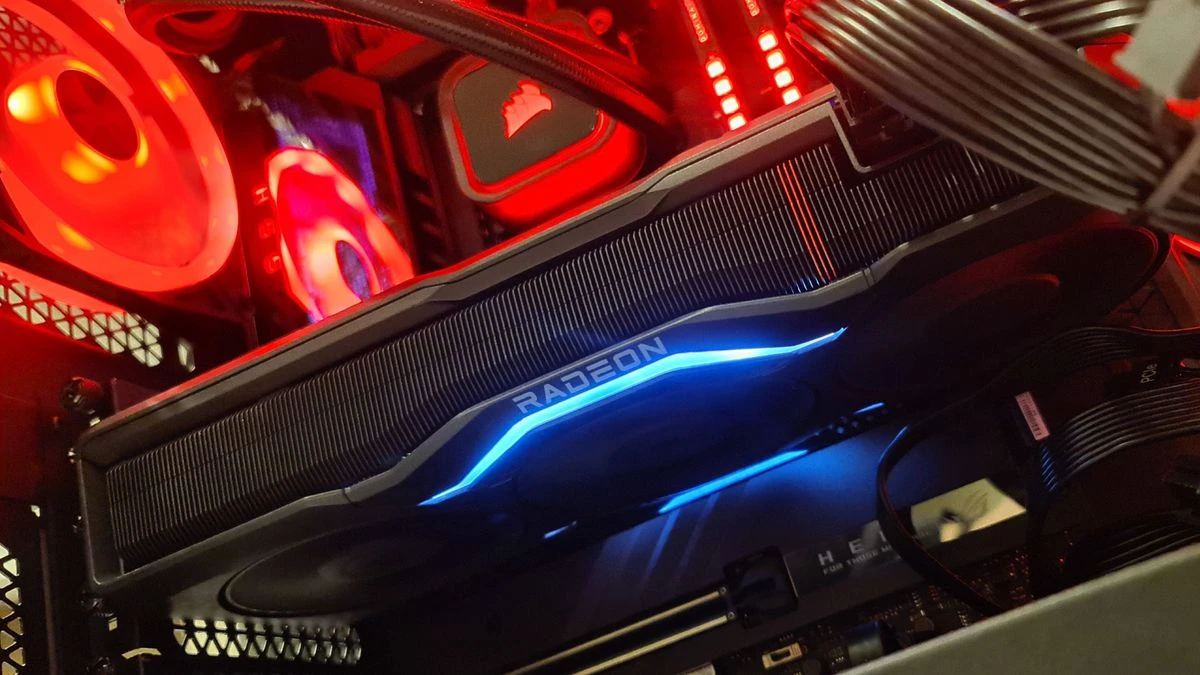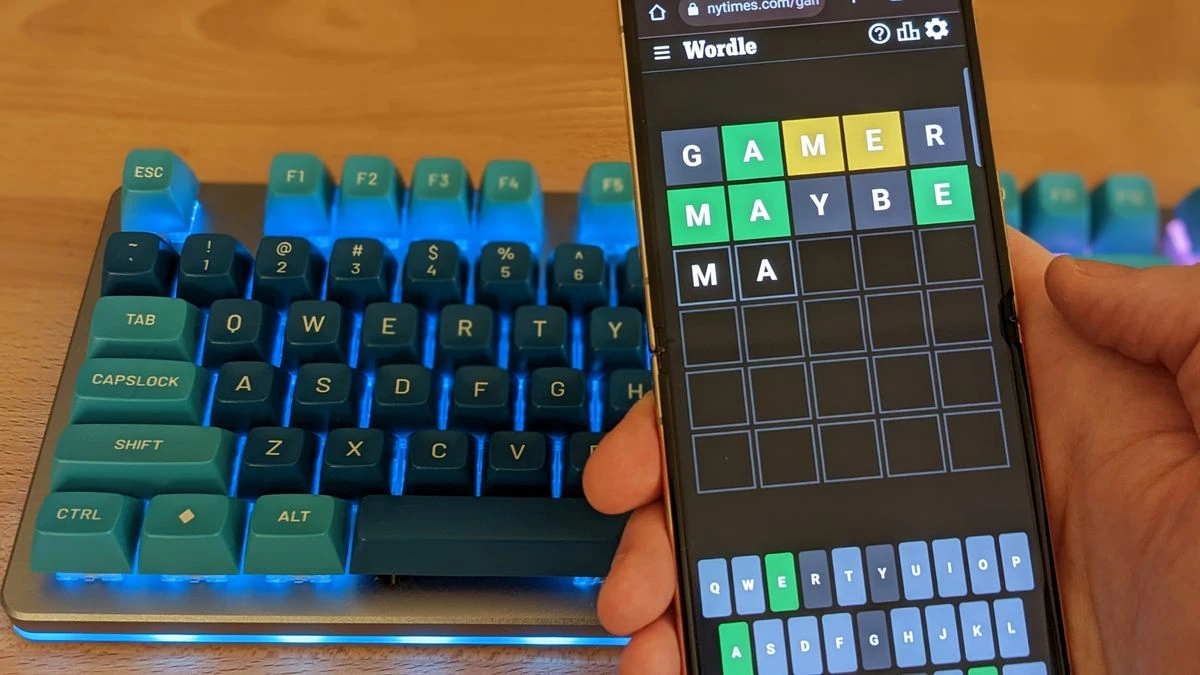Jack Huyhn, AMD's Jack Huyhn, says that being the 'King of the Hill" is not the priority for AMD's next-gen graphics cards.
AMD has been struggling to compete with Nvidia in the high-end GPU market. The RX7900 XT and RX7900 XTX graphics cards are not bad, but when compared to the RTX 4080 and RTX 4090 it is difficult to recommend AMD cards unless they are priced competitively.
In an interview with Tom's Hardware Jack Huyhn, AMD's senior Vice President and General Manager of the Computing and Graphics Business Group, seems to believe that going after the high-end market with the next generation of AMD GPUs should not be a priority:
"I'm looking for scale, and AMD has a different position right now. This is a debate we have a lot at AMD, yes? The question I ask you is: Do you think the PlayStation 5 hurts us? It's $499. So, I ask: is it fun to play King of the Hill? Again, I am looking for scale. When we reach scale, I will bring developers along.
"My number one priority is to increase scale to reach 40 to 50% of the market quicker. Do I want to target 10% of the TAM (Total Addressable market) or 80%? I'm a fan of 80% because I don’t want AMD to become a company that only those who can afford Porsches or Ferraris will buy. We want to create gaming systems for millions."
This would be in line with the long-standing rumour that AMD's RDNA4 GPUs are focusing on the mid-range segment, without a halo-product to compete with RTX 4090 or whatever the RTX 5090 may end up being.
Huyhn left the door open to future ultra-high-end graphics cards when asked if AMD would be pursuing the flagship market.
"One day, we may. My priority is to build AMD's scale. I can't attract developers without scale. If I tell developers that I'm only going to aim for 10% of the market, they will say, "Jack, I wish to you well, but Nvidia is our choice." So, I need to show them a strategy that shows, "Hey, this strategy can help us reach 40% market share."
"Then, they say, "I'm with Jack now. Now I will optimize on AMD. Once we have that, we can then go after the top."
It's a fascinating point. It may be important to ensure that developers continue to think that it is worth their time to optimize for AMD cards, given that AMD's GPU share is estimated to be around 19% in the last quarter 2023. It could also be interpreted as a strategy to manage expectations for upcoming cards which might not be as powerful as AMD would like.
If the new AMD cards are able to deliver excellent midrange performance at a significantly lower price than Nvidia's offerings then that would likely attract more gamers.
The modern Nvidia cards are able to take advantage of DLSS 3 and in the mid-range to budget range, the great upscaling along with significant performance gains will likely matter to gamers who want to get the most bang out of their buck.
In our testing, we found that AMD's FSR 3.1 can keep up with Nvidia in terms of performance but it has a lot to do when it comes down to image quality.
Nvidia is not only unable to compete with AMD at the high-end of the market, but it also has no real incentive to lower its prices to remain competitive. If AMD's new cards are really lacking a high-end rival, then Nvidia will be the only option for those who have the money to spend.
I think this is good news for mid-range customers. Nvidia may be the only option for those who want top-end performance.




Comments